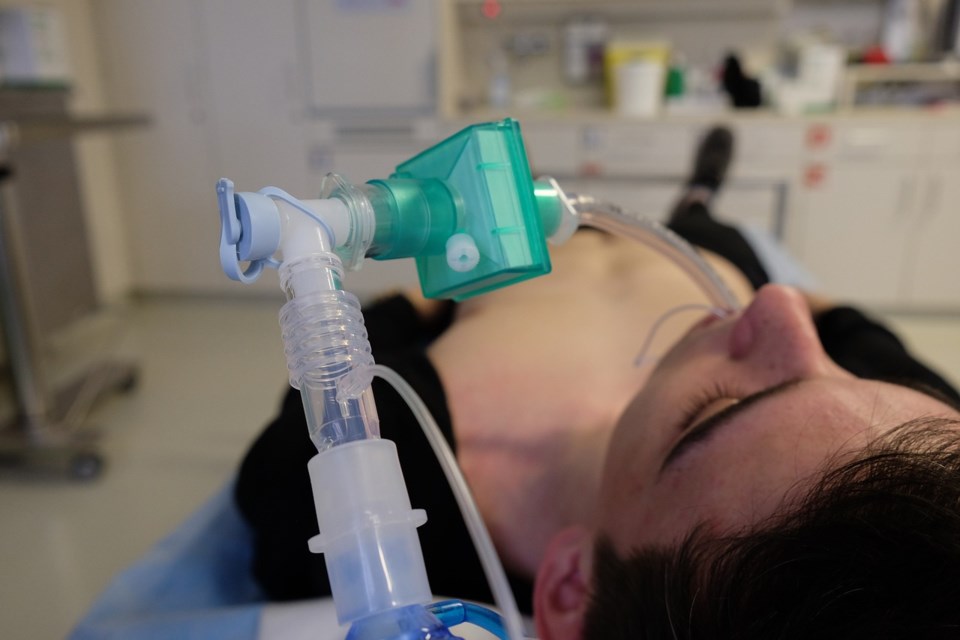As the number of confirmed cases continues to rise, the Saskatchewan Health Authority estimates the province could see 9,000 to 15,000 deaths from COVID-19.
According to a presentation put out by the author, the draft based on early modeling at 30 per cent infection and “worst-case scenarios," said Saskatchewan could see 300,000 infected. Of those, 80 per cent or 240,000 would be able to deal with the virus at home, 45,000 would require hospitalization, 15,000 would be in ICU and a fatality rate of 9,000-15,000.
Scott Livingstone, the authority's CEO, later said in a press conference, joined by Minster of Health Jim Reiter and chief medical officer Dr. Saqib Shahab, it's critical people understand they have to consider worst case scenarios when they are doing their planning.
“The reality is the only way we can avoid the worst-case scenario is with help from the public,” Livingstone said. “Our ability to withstand capacity pressures as a health system will depend on you the public practising hygiene, practising social distancing,” he added.
As Shahab stated last week, if measures with social distancing are not taken seriously, “no healthcare system in the world can deal with a surge in cases.”
The authority's presentation said there are only 109 ICU beds and 2,457 acute care beds province-wide with 198 ventilators.
The authority's draft said at peak pandemic, Saskatoon alone will need the capacity to provide ventilatory support to nearly 500-600 patients, and 2,000 patients who do not require ventilation.
With the need for ventilators at an all-time high around the globe, Reiter said he’s optimistic they will get more as the orders have been made.
“I’m optimistic we’re going to get some. I don’t want to diminish the situation, ventilators are a very big concern right now,” Reiter said.
Susan Shaw, chief medical officer with the authority, said the commitment of the authority is to prepare and do everything possible on their end to be ready.
The presentation said the authority's acute services will “adapt and expand” to meet the projected COVID-19 patient demand while continuing to deliver acute services to non-pandemic patients throughout the duration of the pandemic in order to minimize loss of life.
Livingstone said the authority is continuing to update the model as they get more data specific to what is happening in the Saskatchewan population and elsewhere with respect to the spread of COVID-19.
In the press conference held the afternoon of March 24, Shahab said there are investigations going further supporting there may now be community transmission in Saskatchewan.
“That is really the start of a new phase for us. We are still investigating those, maybe we’ll find that someone met someone who travelled. If you don’t find that [information] in three or four days, chances are you aren’t going to find it,” Shahab said.
As of March 24, Saskatchewan is up to 72 confirmed cases of COVID-19.
Jordan Stricker is a Local Journalism Initiative Reporter with the Estevan Mercury



